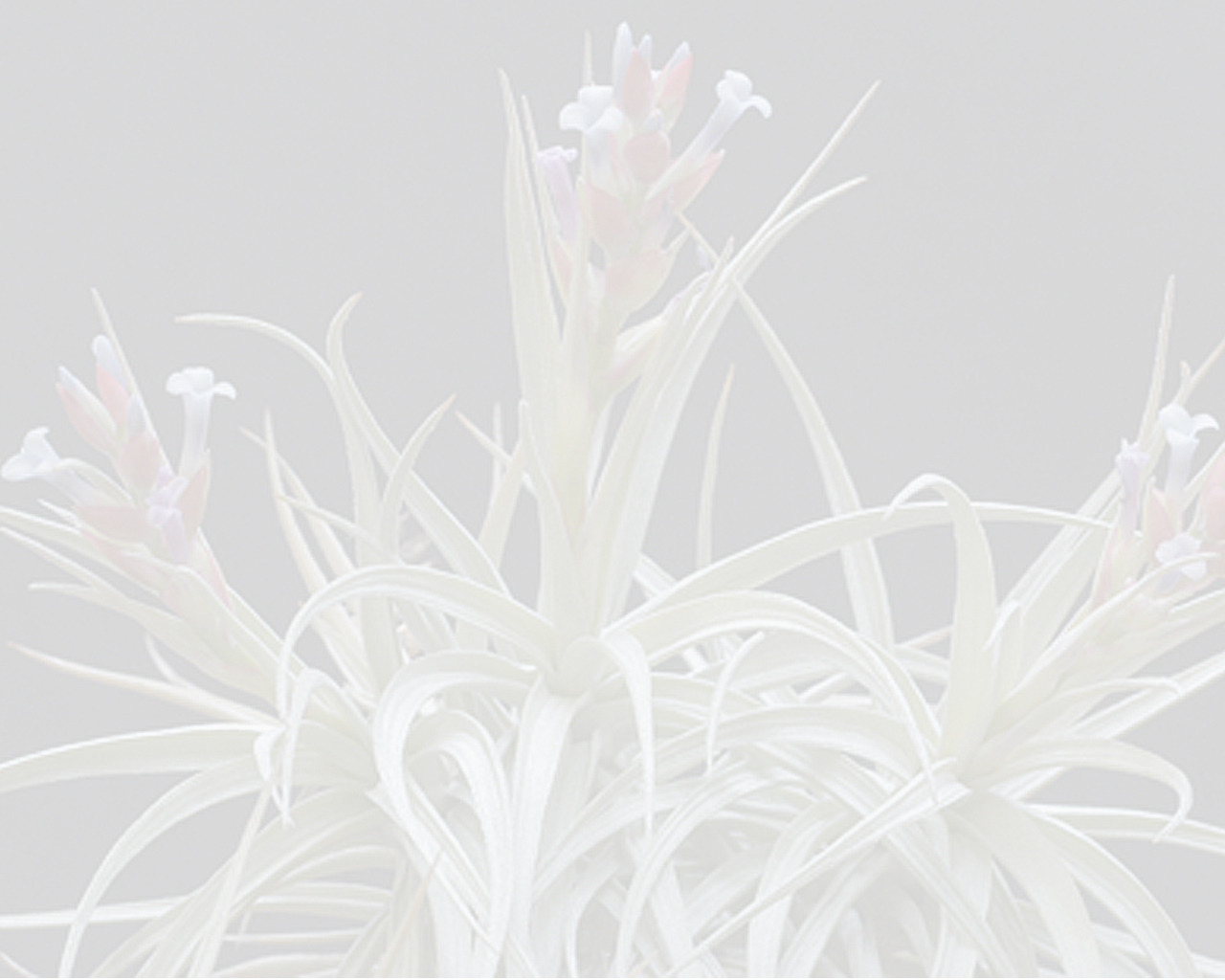



plant stemless, flowering to 45 cm high. leaves numerous in a utricular rosette, 15–30 cm long, purple-spotted; sheath ovate-elliptic, densely pale-punctulate-lepidote; blade ligulate, obtuse or broadly acute, apiculate, 45 mm wide, subglabrous, purple at apex, coriaceous when dry. inflorescence: peduncle erect, slender, about equaling the leaves; peduncle bracts broadly lanceolate, acute, membranaceous, equaling the internodes or the highest somewhat shorter; fertile part laxly once-branched, composed of a terminal and 2 lateral spikes, 13 cm long, glabrous primary bracts like the peduncle-bracts, barely reaching the lowest flowers of the axillary spikes; spikes subspreading, with long sterile naked bases; rachis straight, angled; floral bracts elliptic, acute, distinctly shorter than the sepals, two to four times as long as the internodes, ecarinate, prominently nerved, membranaceous. flowers dense, but subspreading so that the rachis is completely exposed, sessile, faintly sweet-scented; sepals lanceolate, acute, 14 mm long, three to five times as long as the internodes, ecarinate, coriaceous, yellow-brown or olivaceous with a dark-brown margin, free; petals 25 mm long, white, the claw linear, 4 mm wide, the blade spreading at anthesis, triangular-ovate, broadly acute, 12 mm long, 10 mm wide. stamens free, equal, 7 mm long, deeply included. pistil 6 mm long; ovary ovoid, as long as the style.Edited from (20-10-2012): Smith & Downs 1977. Tillandsioideae (Bromeliaceae). in Flora Neotropica.